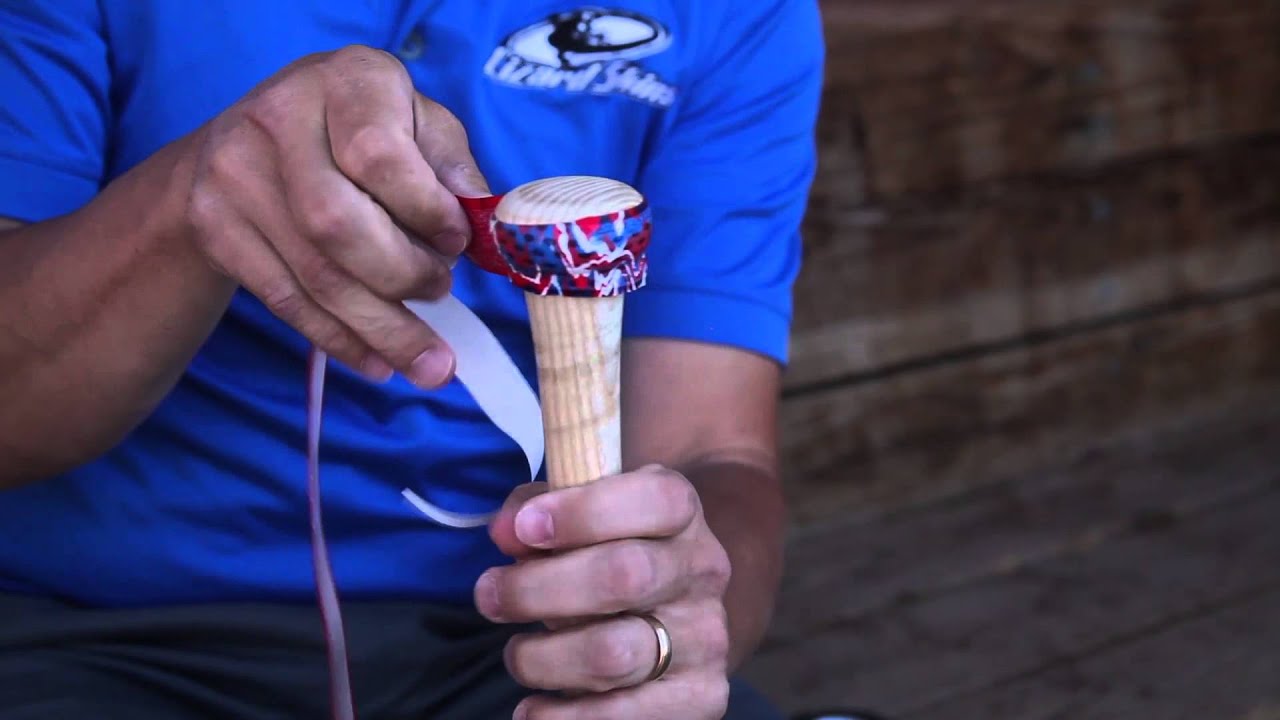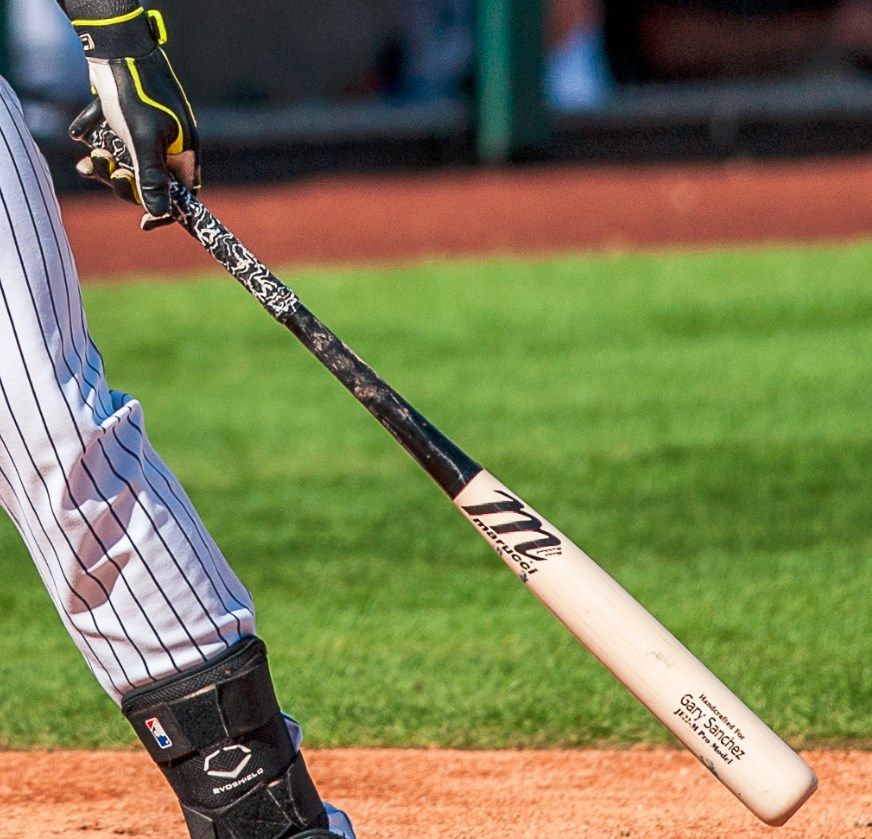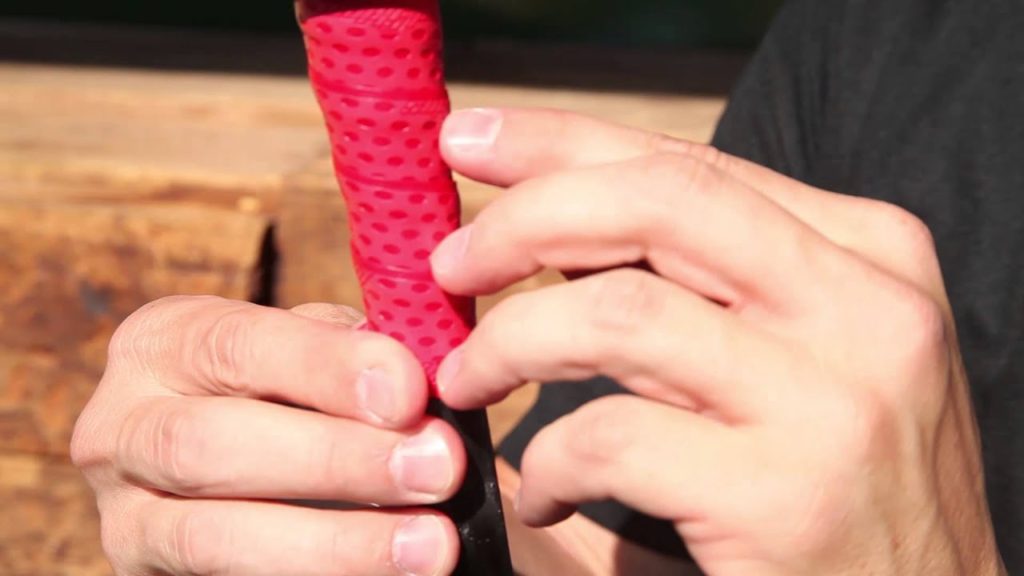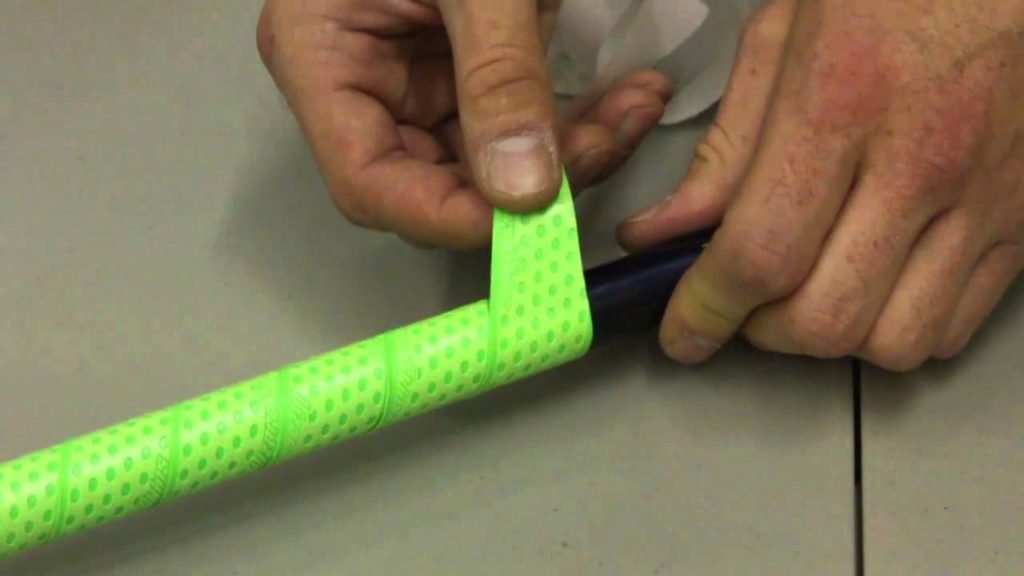
The Importance of Bat Grip Tapes for Softball and Baseball Batters
If you’re an Australian who happens to like either softball or baseball, then you’re already aware that you’re the vanguard of a family of sports whose popularity is set to experience explosive growth over the next generation.
Let’s be honest: neither baseball nor softball are likely to replace test cricket as the national pastime. However, with the formation of the Australian Baseball League (ABL) in 2010, the number of Australian players successfully transitioning to professional American leagues, and the rising popularity of both sports among all demographics across the country, cricket’s no longer the only sport around where swinging a bat is part of the game.
Make no mistake, though: there’s much more to both baseball and softball bats than meets the eye. From the shape and diameter of their barrels (the thickest part at the top), to the types and densities of the material they’re made from, bat manufacturers invest massive amounts of design expertise into ensuring that their bats fit certain types of batters perfectly. There’s one aspect in particular, however, that makes every bat unique, and it’s all in the batter’s hands.
The batter’s advantage

Although the weight and critical dimensions of baseball and softball bats are strictly regulated, players have an amazing amount of latitude when it comes to customizing their bats. This is true even in the professional leagues where applying bat grip tape to bat handles has become one of the quickest and simplest customizations in either sport. But don’t be surprised that it has nothing to do with enhancing the bat’s appearance.
Batting may not appear to be a very technical exercise to most spectators, but it is, and batters need to have the kind of grip on a bat that’ll allow them to manipulate the ball’s speed, direction, or trajectory once they’ve made contact with it. Slip resistant grip tape helps make this possible by providing:
- A positive grip
It ensures players are able to solidly hold onto the bat’s handle with minimal finger fatigue in any weather or temperature, and regardless of whether they bat barehanded or wear batting gloves.
- Better balance
A more balanced swing allows batters to lean more confidently into their swing, and to generate greater swing speeds on contact.
- Less sting on contact
Up to 4,000kg of force are exerted on a baseball when a bat makes solid connection with it, and bat grips help to absorb the shock and vibration immediately transmitted to the player on contact.
It’s for these reasons that baseball and softball bat tape have been in use for decades at all levels, including professional. Every batter wants an advantage when they step into the batter’s box, and bat handle grip tape offers this without materially altering the bat.
Which tape is best?

Bat tape is produced in a variety of materials ranging from genuine leather to full polymer blends. They’re also manufactured in a host of colours and patterns that’ll complement any team’s own colours. Determining which one is the best, however, is going to depend on a broad number of factors, including:
· The size of the player’s hands;
· How thick of a bat grip they’re comfortable with; and,
· The type of bat it’s being used on.
The player’s general comfort with the texture of the material, along with their preferred grip position are also key aspects in tape selection. These are the main considerations when buying as well as applying bat grip tape. Even more variables can come into play depending to the age of the player, or whether they bat predominantly from a left-handed or right-handed stance.
It may ultimately be necessary to try different types of tape before concluding which type is best. The one thing that’s for certain though, is that once the ideal pairing of tape and batter is reached, it’s going to have an instant effect on the player’s performance at the plate.
Tape thickness

The most consistent metric for evaluating baseball and softball bat grip tape is by examining its thickness. In fact, tape thickness is probably the largest contributor to how much a player can relax their grip, as well as how fluidly they’re able to swing.
The mechanics behind it are simple: if muscle groups in the wrists, forearms and shoulders are fixed wholly on maintaining a grip on the bat, rotating a controlled swing with almost any measure of speed or power is going to be impossible.
A firm but supple grip is what’s required, and that’s why you can typically buy bat tape in three thicknesses:
· 0.5mm – This is a thinly cushioned thickness that works well with all types of aluminium, composite or wooden bats, and is favoured by experienced batters who don’t want to depart from the natural feel of the bat.
· 1.1mm – With a measured amount of cushioning that doesn’t feel unnatural or add weight to the bat, this is the most commonly used thickness of baseball and softball bat grips.
· 1.8mm – This is the thickest and most cushiony tape available, and is ideal for reducing the contact shocks on young players with all kinds of bats.
In short, there’s an appropriate tape thickness for all levels of batters, from beginners to professionals. With their durable composition, premium adhesive backings, and performance ridges, they’re designed to deliver seasons of reliability and feedback.
The final word
At the end of the day, it’s easy to see how much more important taping a bat is to a player’s performance than it is to making a personal statement.
It might be hard to imagine any single baseball or softball game being won simply by applying grip tape, but many games have been won by final inning hits and homeruns off of taped bats. Scores that may not have been scored if a batter’s swing hadn’t been aided by a taped handle.
If you’re just getting in baseball or softball, or you know someone who is, now’s the time to think about what wrapping the handle could do to improve the grip and start driving in runs.

